“Everything in this Universe is connected to everything else.
You cannot isolate one mineral, soil, microbe, plant, animal, or human component
and treat that component as though the others don’t exist once you gain
an understanding of the interrelated character of all things.”
-Bruce Tainio
It has long been understood and accepted that living systems interact with each other, however, more recent and modern evaluation techniques have begun to unearth just how deep this goes.
One such connection is between a plant and the beneficial organisms that make up its root microbiome. This is a mutualistic interaction where the plant provides the microbes with carbon, in the form of exudates, and the microbes mine/harvest minerals from the soil matrix. Everyone benefits.
This relationship goes much deeper than simply an exchange of “food”. Scientists are continuing to conduct research that highlights how integral these systems are to, and for, one another.
The research by Dr. White on Rhizophagy is one such example. He and his team have shown that plants growing in the absence of microbes lose critical functions. For example, without microbes, plant roots do not develop root hairs. It is the presence of microbes that stimulates the production of root hairs that function like microscopic “needles” that inject these beneficial organisms back into the soil environment where they can collect for minerals for the plant.
This level of communication is not accidental. Nature has been developing these relationships for millions of years. The graphic below shows how the exudates of the plant, in this case corn, cause a myriad of changes in the biological functioning of the microbes that interact with the plant.
A subset of the up-regulated genes with known function in response to maize root exudates.
The significantly up-regulated genes by the root exudates were mapped in the KEGG pathway and the diagram was accordingly adapted. The products encoded by the up-regulated genes were highlighted in red, whilst the down-regulated YadH was highlighted in green. CM stands for cell membrane.
By changing gene expression, the presence of corn exudates modifies how bacteria, in this case Bacillus amyloliquefaciens, function. Up-regulating genes that are responsible for metabolism, cell division, signal transduction, chemotaxis (moving toward positive stimuli and away from negative), antibiotic production, and the list goes on, the plant exudates change the way the bacteria functions in order to make it a better partner.
The bacteria is now “tuned in” on the plant and better able to work for and with it. This is not a one-way-street though. As the plant modifies the gene expression and function of the microbe, the microbe is doing the same. Many of these beneficial plant growth promoting rhizobacteria (PGPR) produce phytohormones that they use to communicate with the plant to modify the plants’ performance and growth.
As you can see, removing one of these organisms from the system changes the other. Nature is unfathomably intricate and full of complex interactions that we, as humans, are just starting to learn the alphabet to the language that is used. This is why working with Nature and allowing these systems to function as intended is critical for optimal plant performance.
After all, these are systems that have been co-evolving for millions of years. Introducing/inoculating plants with their “friends” helps the system function as intended, boosts yield, improves crop health, increases nutrient density, and the list goes on.
Every farmer’s goal should be to work with Nature not war with Nature.
Join us for our next webinar on March 30th to learn more about these incredible interactions
and how integral these living systems are to each other.

